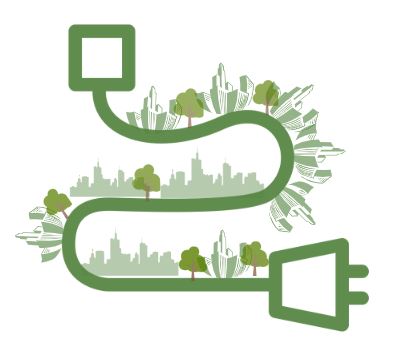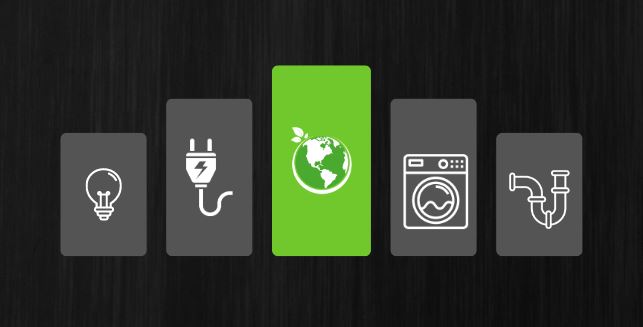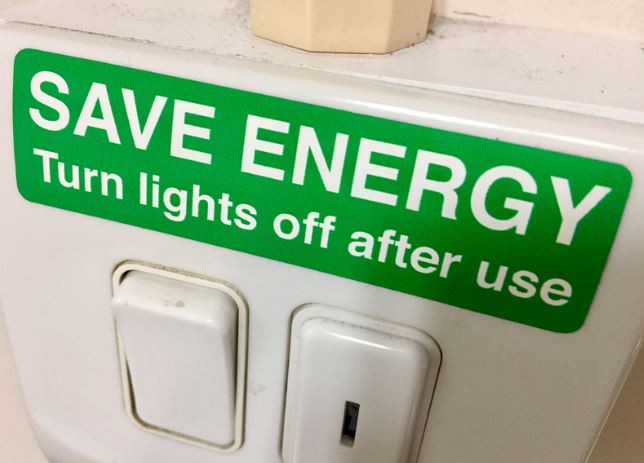
How to Reduce Your Carbon Footprint in Winter:
Here are some ways to cut down on you home energy consumption in winter, thus energy saving. In colder months homeowners use more energy (electricity or gas), especially if you live in the north with harsh winters heating uses excessive energy, runs up heating bills. Also, in winter people tend to stay indoors, have long nights and holidays, it is easy to see energy consumption goes up more than at other times of year.
Reducing heating bills, also reduces your carbon footprint. Luckily there are several ways to conserve energy when the temperature drops, so here are some suggestions.

- Weatherstrip your doors and windows
Sealing out drafts is a good place to start. Your doors and windows can leak out heat, so add weatherstripping. Please visit your local hardware store, they will assist you in advising the proper weatherstripping material, and how to install it. Seal the gaps under exterior doors also.
- Switch to a smart thermostat
This is programmable thermostat, saves energy, this thermostat can fine-tune to optimize the duration of furnace running only when you need it. You can program the thermostat to lower temperature when you are sleeping and turn it on just in time of your arrival home from work.
- Close the damper when not using the fireplace
Who doesn’t love the ambiance of a fireplace. But ambiance costs money. “The Old House” magazine say they can be a source of at least 8% energy leaking right up the chimney. You can help by choosing energy-efficient fireplace. While you can do your research on the efficient choices of fireplace suffice it to say installing a glass screen on the fireplace will make your fireplace more efficient. Building codes mandate the placement of a chimney to extract smoke to the exterior so you won’t suffocate on smoke, it also draws out heat into the atmosphere.
- Give you heating system a yearly checkup.
Schedule an annual heating system check-up early each winter to ensure that your system is clean and is running efficiently. A regularly checked furnace has a longer life expectancy, because a smooth-running furnace doesn’t have to work as hard.
- Don’t block air vents
Make sure all air vents are visible and are not blocked by furniture, carpets or drapes. If blocked it makes furnace work harder. When air vents in all rooms are not blocked by furniture, air circulates freely.
- Check the insulation in your house
Good insulation is inexpensive and reduces energy use. Adding insulation in your attic is a good start this will maintain heat in your living spaces. Also, walls can be a source of energy leaks so seal any penetrations in walls such as plumbing pipes, etc.
- Adjust you water heater’s temperature
Your water heater may be wasting more energy than you thought. Today’s newer energy saving water heaters can literally pay for themselves. Setting the temperature at 120 degrees (check municipality codes for temp requirements) provide sufficient hot water for domestic use.
- Adjust you water heater’s temperature
Your water heater may be wasting more energy than you thought. Today’s newer energy saving water heaters can literally pay for themselves. Setting the temperature at 120 degrees (check municipality codes for temp requirements) provide sufficient hot water for domestic use.
- Only wash and dry full loads of laundry
The most important rule for saving energy while washing clothes is to use full loads of washing and drying. The best way is run machines only when they are fully loaded. Partially loaded machines waste energy, put burden with added detergents into the sewer lines.
- Insulate your pipes
Hot water pipes used for your home to bring water to faucets, showers and appliances are sources which wastes lot of energy in the process. If the water pipes travel from basement to upper floors in a typical suburban home are long, you are losing a lot of energy. Adding insulation to hot water pipes the water is delivered at hotter temperature by 2° to 4°F. Which also means you don’t wait as long for hot water for shower.
- Unplug unused electronics
Many electronics and appliances draw energy even when they’re on “off” mode, they are drawing power when not expected, as they live in standby mode. The common energy burners also include printers, desktop computers, displays, televisions, video games, microwave ovens, when not in use unplug them when not in use to save energy.

- Use LED light bulbs, replace CFL and incandescent
You will save electricity in winter by switching to light emitting diodes (LED) light bulbs. These are most the current most energy-efficient light sources available, they use 75% less energy and last 25 time longer. You can make a big impact instantaneously, save energy and save on bills.
- Take out those warm sweaters, bundle up – as simple as that
This is a great way to save energy and its costs – turn down the thermostat. Those who know recommend lowering your thermostat a few degrees lower in the day, and further lower during nighttime. You can save upwards of 10% off your heating bill if you lowered the temperature 7° top 10° F for as few as 8 hours a day. Wear warm clothing rather than cranking up the thermostat.
- Another simple solution – place rugs on hard floors
Add rugs on hard floors, they not only cheer up the place but act as a layer of insulation which will protect your feet from cold hard floors. Rugs can be used on floors and on walls to add color and decoration and they provide insulation value as well.
- Let the sun in when it is shining but close drapes when not
Remember south facing windows bring in the most sunlight, as the sun travels east to west, its trajectory is biased to the south, winter sun will warm up your room. Opening and closing yourt drapes strategically can help saving on energy bills, thus using less energy.

